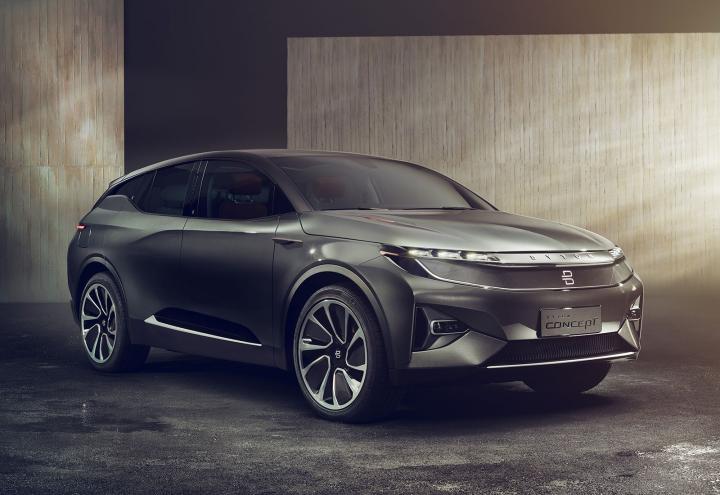

Following the conclusion of the Frankfurt Auto Show in September and the Guangzhou Auto Show in November, the fierce competition among automobile manufacturers in 2017 reached its peak. The latter half of the year witnessed a plethora of new model launches from both established and emerging auto brands, intensifying the competition, particularly in the realm of new energy cars. This article delves into the emerging automobile naming trends observed during the international auto shows held in the second half of 2017.
Three new electric automobile brands came on stage. After launching the first concept car in 2015 Frankfurt auto show, Taiwan Changwei Ltd released its electric car brand Thunder Power, taking Tesla as the benchmark.
Future Mobility Corporation(FMC,CN name“和谐富腾 [hé xié fù téng]”), co-founded by Foxconn, Tencent and Hexie auto in 2015, was renamed Zhixing(知行 [zhī xíng])after the change of investors (Hexie auto, Lihe auto, Jinheng Capital and management layer of FMC) and launched auto brand “BYTON 拜腾” [bài téng].
Polestar, used to be a high-performing department under Volvo, spin off as a new energy car brand, positioning itself as “global high-performance auto company in electrification”.
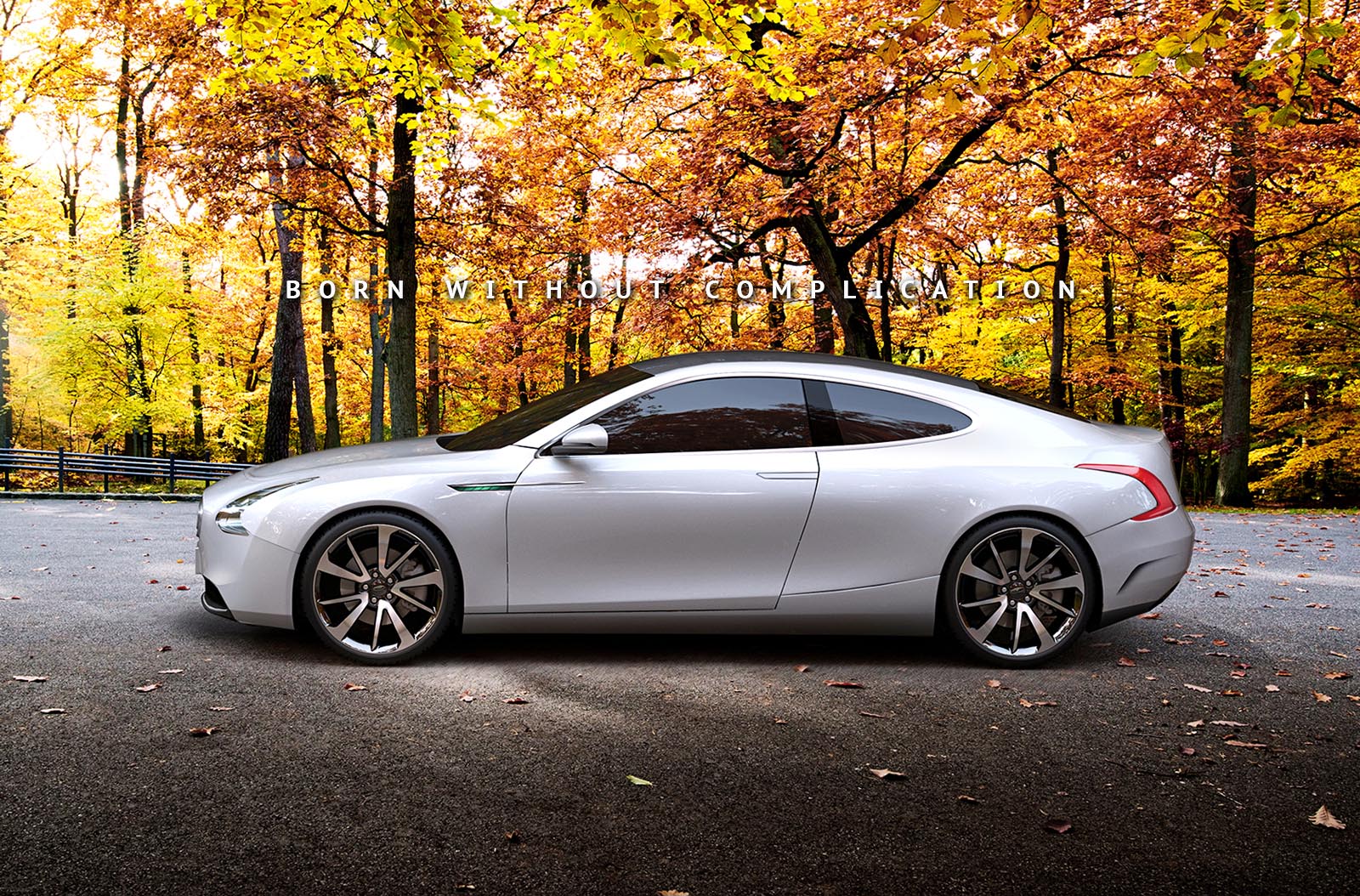
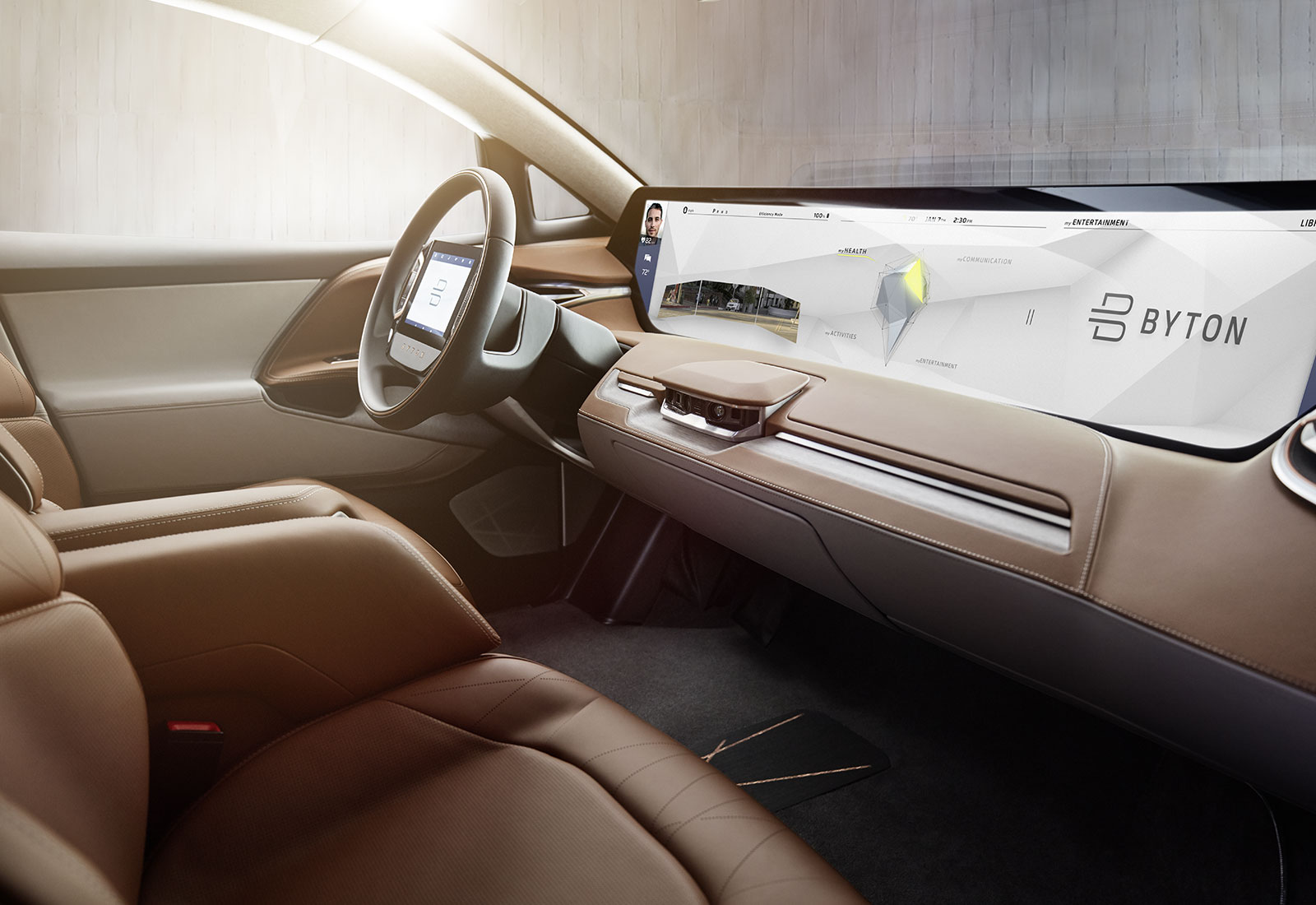
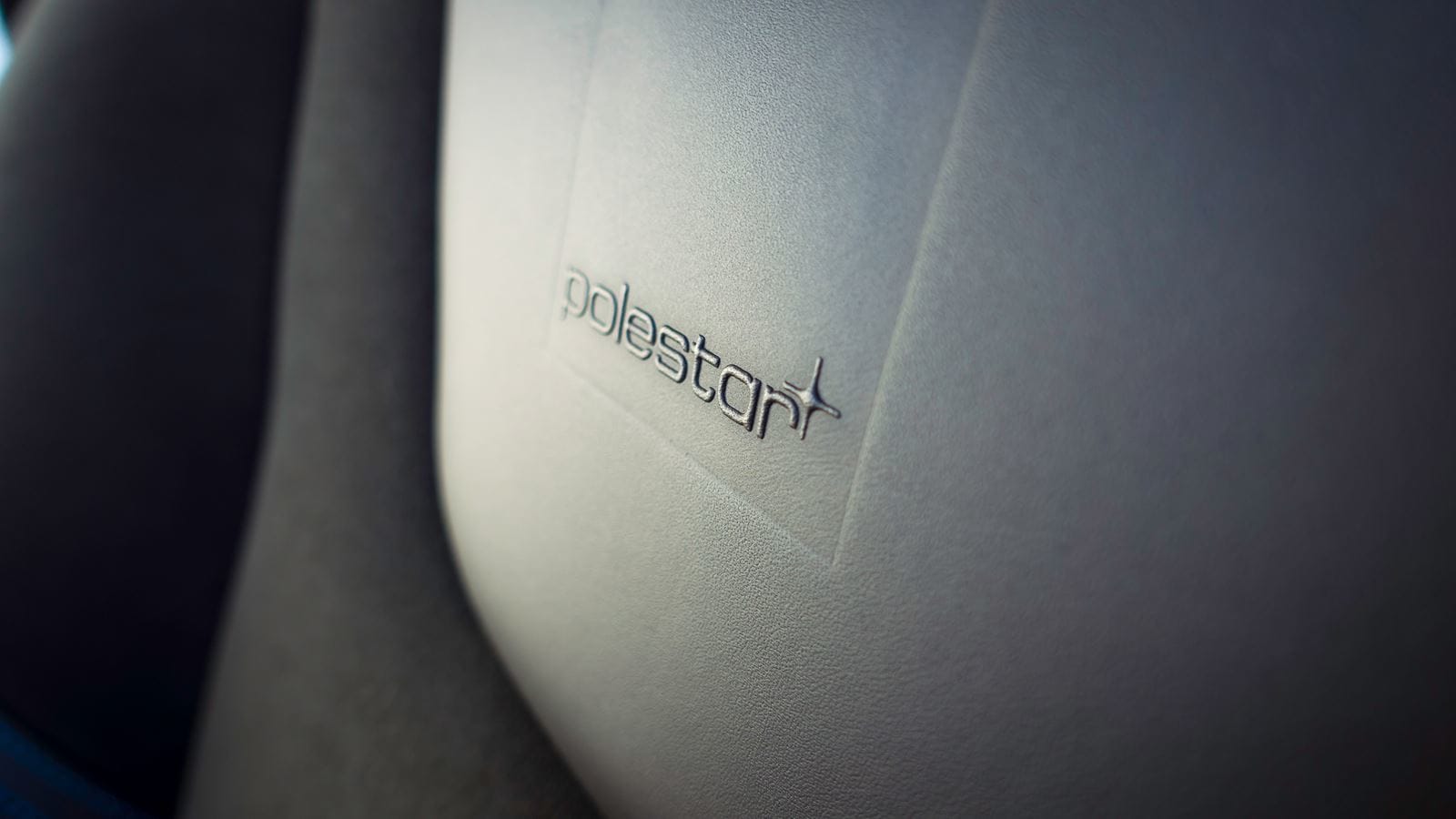

These three brand names deliver different message and image.
Thunder Power is an example of applying astronomical term as the brand name, which is the mainstream method in automobile industry. The strength and explosive force of thunder brings out the infinite power of electric automobile. As a dictionary word, Thunder Power is easy to understand and communicate.
The brand hasn’t launched its Chinese name yet, and the corporate name “昶洧”[chǎng wěi] is rarely used which cannot be identified by most of the consumers. It is a basic principle for a name to be readable and understandable. We hope the Chinese name of Thunder Power will be a good one.
BYTON means “Byte on wheels”, feeling digital and futuristic. The concept “internet + automobile” highlights the product positioning “A new generation of smart terminals”. In contrast, the Chinese name “拜腾”[bài téng] is relatively conventional, which does not deliver features of internet automobile. “腾”[téng] is also overused in the industry and therefore hard to make a difference from competitors.
Polestar is also named by using an astronomical term, delivering an explorative and guiding spirit. Polestar also indicates the region of Scandinavia, the birthplace of the brand. We look forward to its Chinese name.
Newly launched car models in 2017 Frankfurt and Guangzhou auto shows are also worthy of attention. Skoda launched the second SUV KAROQ following the first one KODIAQ released in 2017 Shanghai auto show. Hyundai launched Kona in Frankfurt auto show, but named the same car as Encino in Guangzhou auto show.

Volkswagen nomenclature is a representative of “sharing family root” naming method. The company launched T-ROC in 2017 Frankfurt auto show following the compact SUV model T-cross released in 2016. And the concept car Taigun released in 2012 St. Paul auto show is renamed as T-Track and the mass production will begin in 2020.
Looking at Skoda family, KAROQ carries on the DNA of KODIAQ, continuing to tell the story of exploring Alaska. The Chinese name 柯珞克 has a little problem due to the character “珞” [luò]: jade. As it is not a commonly used character, many consumers misread it as [ke]. Therefore, the name might be read as [ke ke ke] which is very bizarre.
Talking about “recurrence of vintage”, Valkyrie launched by Aston Martin and Stelvio launched by Alpha Romeo in the first half of 2017 are both good examples. In the second half of 2017, Isabella, the first non-SUV model launched by Borgward, also took the name from a coupe released in 1954. The elegant name and the retro style of the car leave a deep impression to the audience.
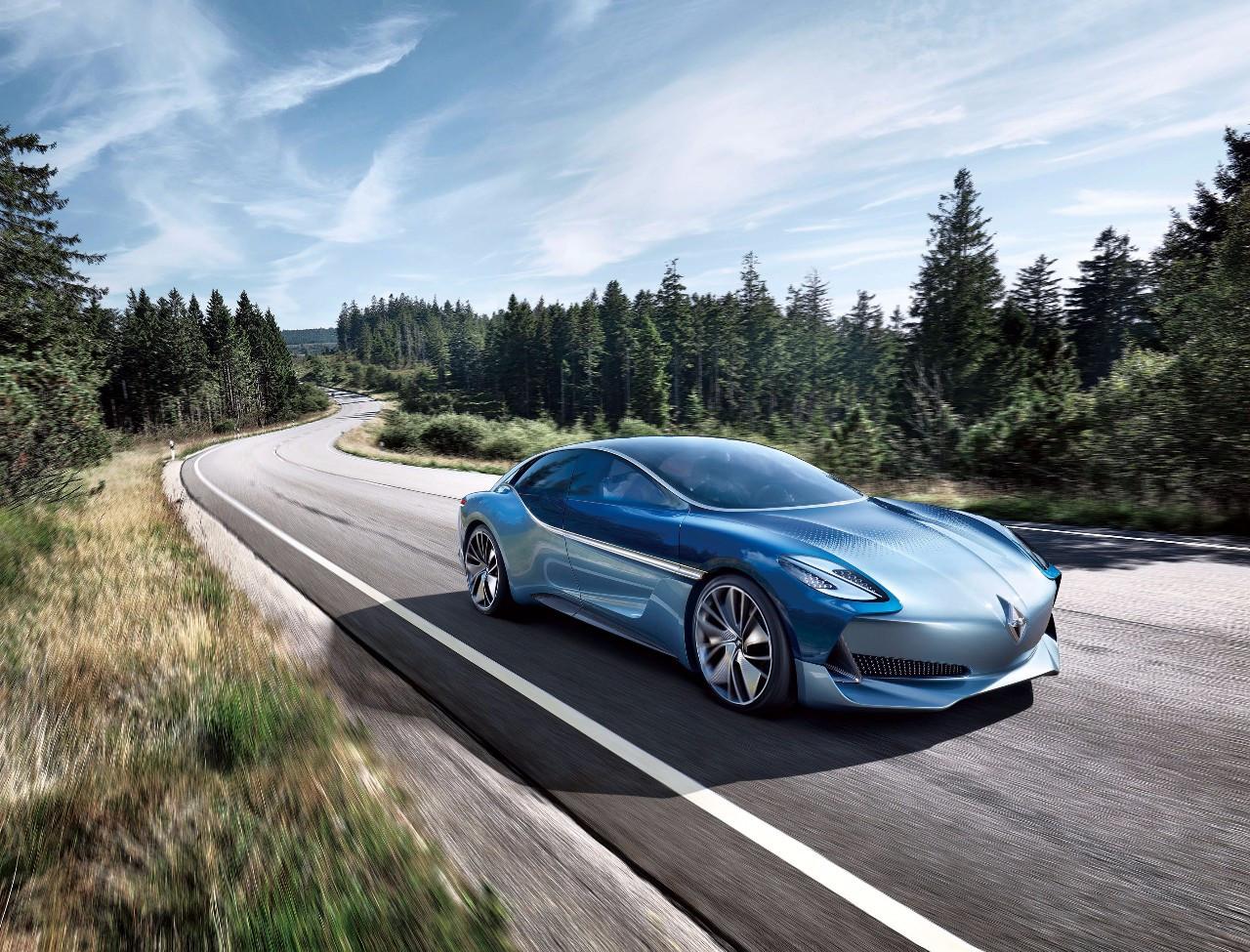
Isabella
Green intelligent: Mondeo energi, EXEED TX, Encino
Nowadays, new energy and intelligent technology are strong selling points of cars. Many brands choose to reflect these elements in model names. For instance, Ford Mondeo released Energi, a plug-in hybrid car model. The letter “i” at the end brings intelligent feeling. Similarly, Chery EXEED TX uses “X” to add a sense of black technology. Enicino, introduced into China by Hyundai, well combines green technology (“evergreen” in Spanish) and vitality in California (Encino is a place in Los Angeles).
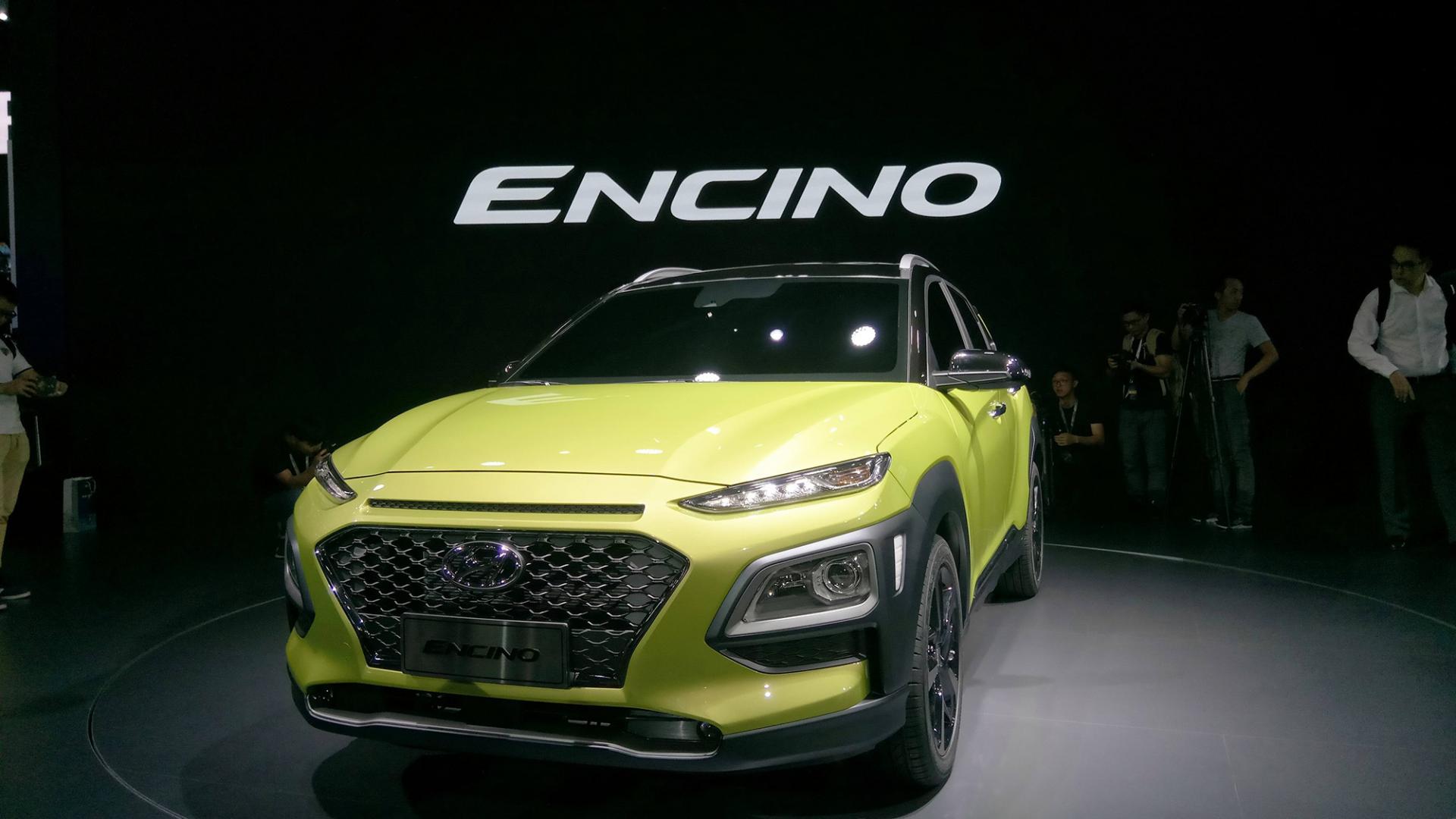
Encino
Personification: Model Young, Carchet 凯绅 [kǎi shēn] (Chinese name meaning: victorious gentleman)
Model Young feels like a hot-blooded youngster in “the rap of China”, pursuing individuality and fast pace. Carchet 凯绅 [kǎi shēn] is like a noble gentleman with winning spirit and good manner. The different images correspond to the different target consumers of the two models.
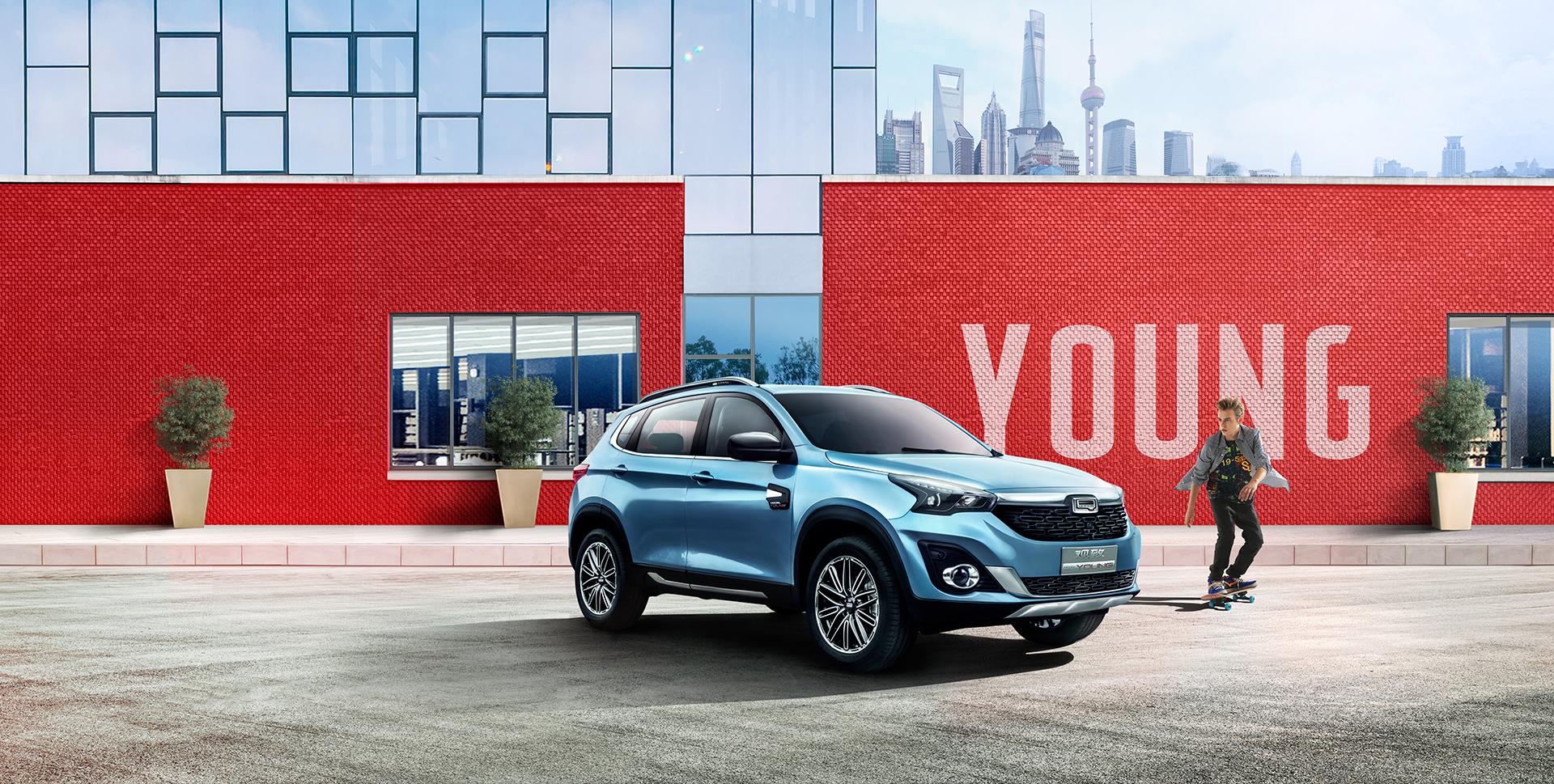
Model Young
Exotic charm: Kona
A number of car models tend to reflect exoticism through person name, place name or specific terms in foreign language. Kona, the new model launched by Hyundai in 2017 Frankfurt auto show, is the name of a type of storm in Hawaii, easily reminding of the enthusiasm and passion of tropical beach.
From these automobile naming trends we can tell more and more brands chose to communicate in a storytelling or personified way, rather than technically combining characters of speed or power. Storytelling can build a vivid brand image and help the brand to be more differentiated and recognizable. The main car consumers are post-90s, or even post-95s now. They pursue individuality and expect to show their own attitude and value through their beloved brands. As the leading naming expert in automobile industry (our clients include Volkswagen, Renault, Land Rover, NIO, etc.), Labbrand will continue to pay attention to new trends in the industry.
A Labbrand Group Company © 2005-2024 Labbrand All rights reserved
沪ICP备17001253号-3To improve your experience, we use cookies to provide social media features, offer you content that targets your particular interests, and analyse the performance of our advertising campaigns. By clicking on “Accept” you consent to all cookies. You also have the option to click “Reject” to limit the use of certain types of cookies. Please be aware that rejecting cookies may affect your website browsing experience and limit the use of some personalised features.